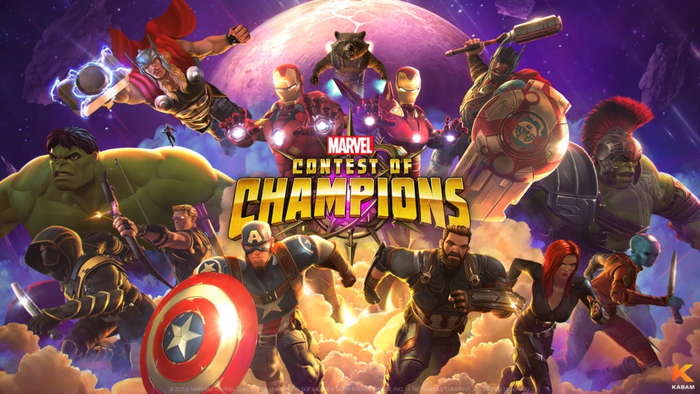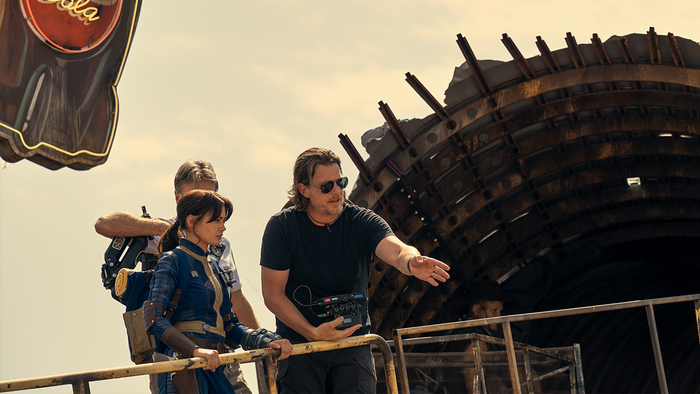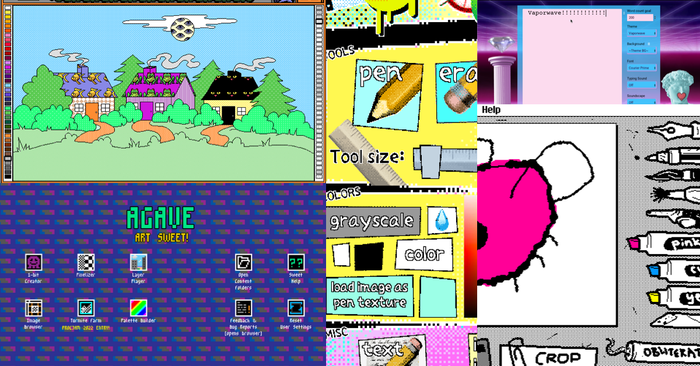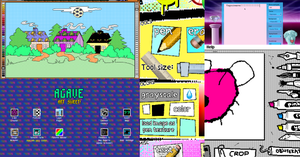What are the skills that artists use in order to do their jobs? And as my students in our career advising sessions often ask, what does their day look like?

Photo Credit: ronnieb
This article is cross-posted from The Game Prodigy, a site for students and parents interested in careers in games. Visit for resources and a free 29-page Complete Toolkit.
Great game artists are supremely talented. Whether they are doing the artwork for the latest first person shooter, the world in an MMO or a simple iPhone app, they are they ones who make the stunning visuals that players see when they look at a game title. But how do they do it? What are the skills that artists use in order to do their jobs? And as my students in our career advising sessions often ask, what does their day look like?
Like engineers obviously needing to know how to code, artists of course need to be able to create art. They should be able to work in the medium that they have specialized in, be it Adobe Illustrator or Photoshop or Autodesk Maya, and use it to create stunning visuals. While it's important to specialize as a concept artist, modeler or animator, and then further specialize into user-interface, characters, or environments, within their specialty an artist should be able to draw everything. If you are an environment modeler then you should be able to create enchanted forests, barren deserts, futuristic space scenes, ancient ruins, and entirely new worlds that haven't been thought of yet. This goes for all the other specialties as well - you should have enough variety and hours under your belt that anything someone else can describe, you can bring it to life visually.
The next skill is around working as a team: game artists need to be able to match a particular style from a style guide. Every game has a particular look that goes along with it. A game like Assassin's Creed is going to look very dark and gritty, while a title like Words with Friends is much brighter and simpler. These differences are often set by the Art Director for a game, who creates a style guide to help the rest of the art team know what's allowed and what isn't. Are the shapes blocky or round? Are colors warm or cold? How about lines or shading? Characters and silhouettes? The game has a certain look and feel it's going for, so a game artist has to be able to internalize this and use it in their art for the game.
The next important skills is being able to take direction and feedback. Often when working with designers there is a lot of discussion around what the game could look like. They might discuss the evil villain of the game and have some general guidelines, such as how he should have a cape and look scary. This is direction that they are giving so that the artist has some ideas of what the game needs. The artist may then take this direction and do a few sketches or concept art and then take it back to the design team for feedback. They may love it, hate it, or ask for some changes, and a good game artist needs to be able to understand the feedback and work it into piece. The final product should be something that is exactly what the designers and the game needs. Some artists get defensive when they are given feedback or they aren't able to really listen to their teammates to understand what they are asking for. Being able to listen well is an important skill.
Being able to produce stunning artwork that fits the game, fitting in a specific style, and working with teammates are the keys to being a successful game artist. This is the source of the excitement and challenges of game artists every day. Without these skills it will be difficult to get into a studio, but with them it becomes a choice of where you want to go.
Best of luck!
This article is cross-posted from The Game Prodigy, a site for students and parents interested in careers in games. Visit for resources and a free 29-page Complete Toolkit.
Read more about:
BlogsAbout the Author(s)
You May Also Like








